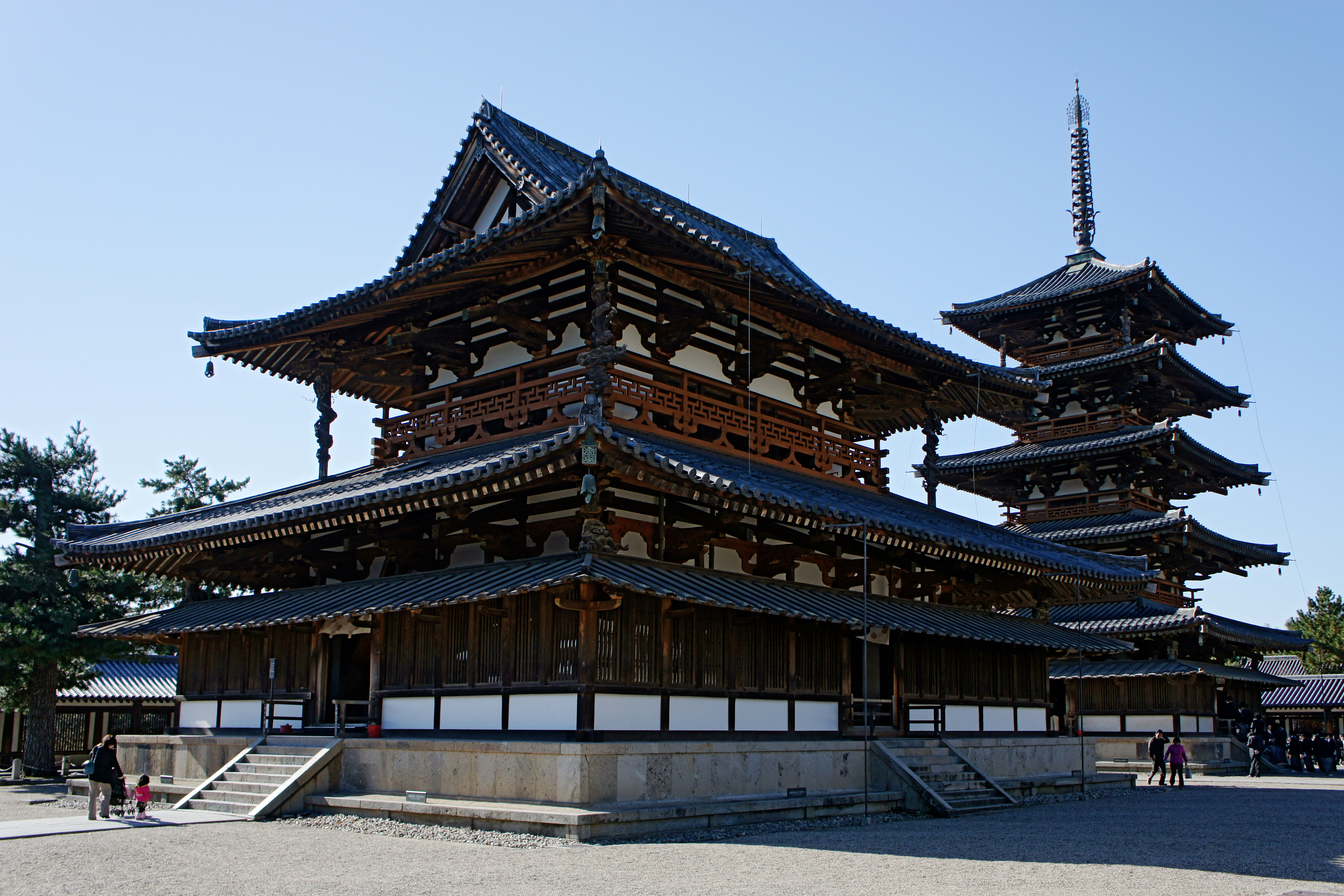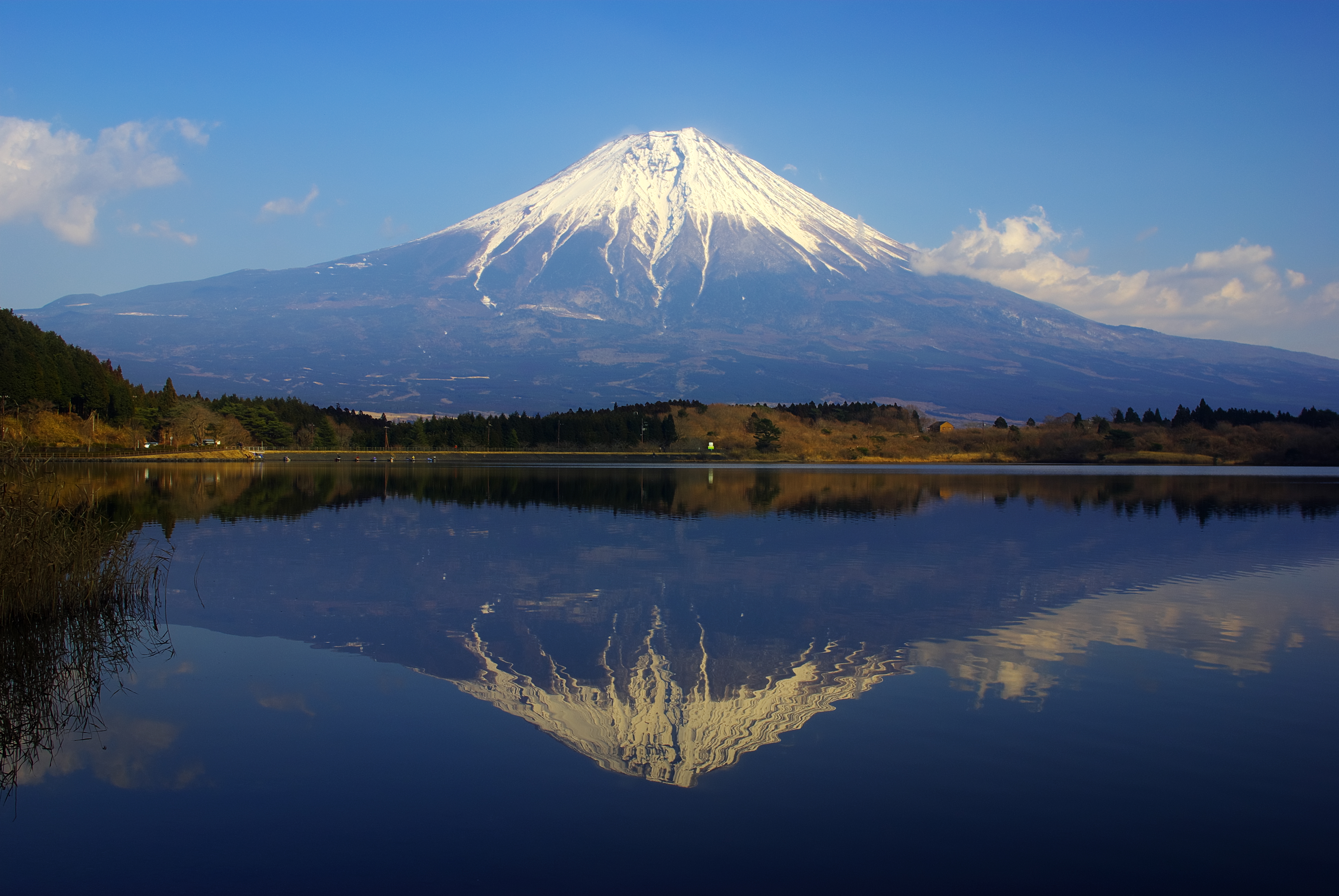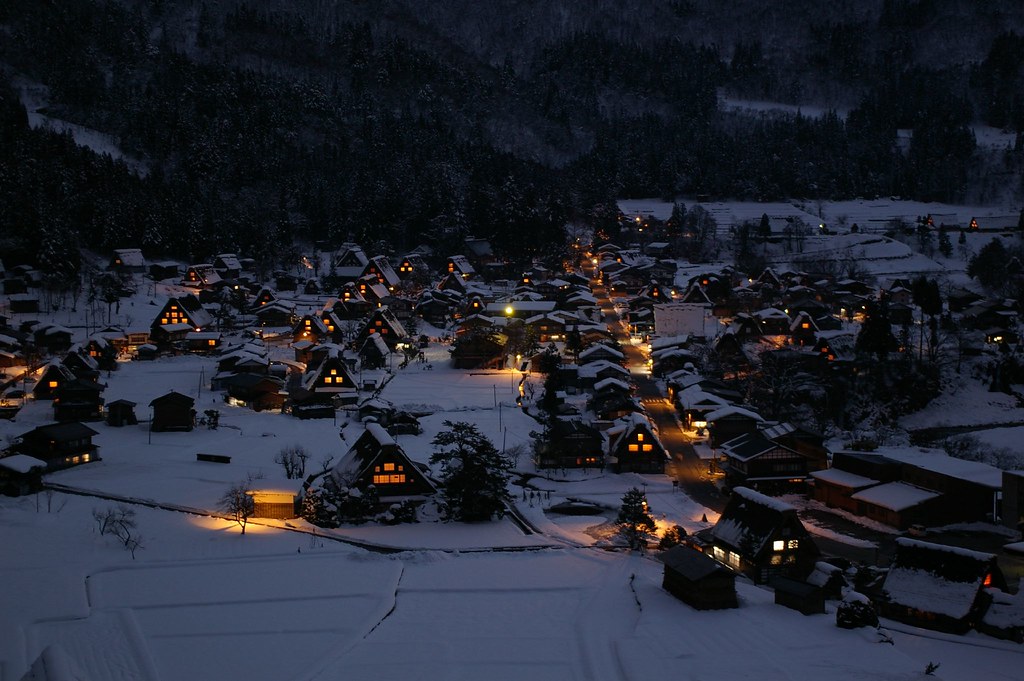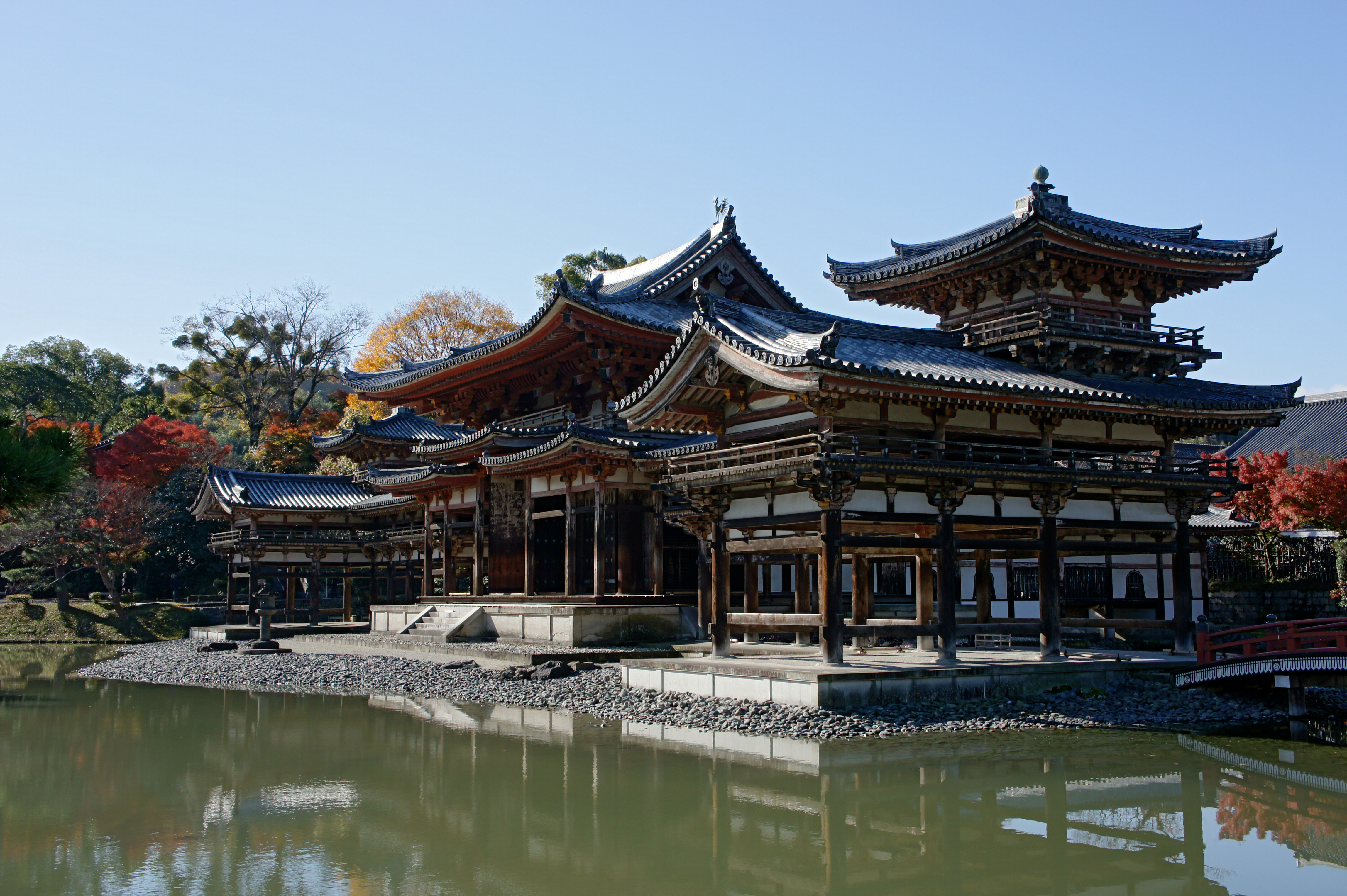Japan
has currently 17 world heritage sites. Since it's simply so many and you won't have time to visit every single place during your stay in Japan, we have carefully chosen 9 places you will regret a lot more if you don't visit. Here are the 9 sites you will totally be overwhelmed by UNESCO's choice.
1. Himeji-jo 姫路城 (Registered in 1993)
 |
I bet you already saw the pictures of this castle a bunch of times while preparing for your trip to Japan. Built in 1609, Himeji-jo is the most renowned among four castles designated as national treasures of Japan. It has miraculously survived from numerous wars and earthquakes preserving its initial luxurious and magnificent shape. It is now under maintenance work scheduled until 2015 March.
2. Shiretoko National Park 知床国立公園 (2005)
The most famous tourist attraction in Hokkaido is located at the northeastern tip of Japan. The word Shiretoko is derived from a native Ainu word meaning 'end of the Earth.' The floating ices on the sea are coming all the way from Russia and the unique ecosystem is formed on them. You must visit here in winter to have the best experience of the park.
3. Buddhist Monuments in the Horyu-ji Area 法隆寺 (1993)
 |
Built in seventh century, this historical Buddhist temple is one of the first UNESCO World Heritage Sites in Japan registered in 1993. The temple's pagoda is widely acknowledged to be one of the oldest wooden buildings existing in the world.
4. Ogasawara Islands 小笠原群島 (2011)
 |
This subtropical archipelago is located a thousand kilometers south from Tokyo and it takes as long as 25.5 hours by sea. A Japanese drifted on the sea discovered this place on 17th century but the land-shape was not same with today; a new volcanic island was formed in November 2013. You can enjoy relaxation here with a six-day tour including two nights at the ferry that runs once in every six days.
5. Hiroshima Peace Memorial (Genbaku Dome)
原爆ドーム (1996)
This building, once the Commercial Exhibition Hall of Hiroshima Prefecture, was the only structure left standing near the bomb’s hypocenter after the atomic bomb attack to Hiroshima by the USA on August 6th, 1945. Though it inevitably reminds of miserable memories of the war, it’s definitely worth a visit to make wishes for world peace.
6. Itsukushima Shinto Shrine 厳島神社 (1996)
 |
| pixabay/DeltaWorks |
The shrine, located in the island of Itsukushima, Hiroshima Prefecture, is a sacred place of Shinto, a Japanese Indigenous religion. It is most famous for the floating Torii gate and the view from it which is sometimes classified as one of the Three Views of Japan. Built in as early as 6th century, the shrine standing between mountain and sea is especially beautiful when it is half sunk on high tide.
7. Fujisan, sacred place and source of artistic inspiration
富士山 (2013)
 |
Mount Fuji, a dormant volcano, is the highest mountain in Japan at 3,776 m and one of Japan's Three Holy Mountains. The symbol of Japan was rejected from the UNESCO world heritage site due to issues including fly tipping around the mountain but finally got through in 2013 as a cultural rather than a natural heritage for its religious and cultural meaning to Japanese people.
8. Historic Villages of Shirakawa-go and Gokayama
白川郷・五箇山の合掌造り集落 (1995)
 |
Gassho-zukuri is one of traditional Japanese building styles that can be found in areas with heavy snow. The typical steeply peaked roof is made of eulalia plant, and the village people help each other for repair works once in 30~40 years in a form of a cooperative association called Yui (結). The villages in neighboring two regions were inscribed as the UNESCO world heritage site. Be careful not to bother the residents. It’s a real village.
9. Historic Monuments of Ancient Kyoto
古都京都の文化財 (1994)
 |
The 17 locations (13 Buddhist temples, 3 Shinto shrines and a castle) within the Kyoto vicinity were inscribed as the UNESCO world heritage site. Kyoto was the capital city of Japan for 1,100 years and has a substantial number of historic buildings luckily not affected by the destruction from World War II. This area is sometimes compared with the Gyeongju Historic Areas of South Korea.
Marcus
He was born in Singapore and went to schools in China and Australia. Having Engineering background, he have worked in Japan and South Korea before finally settled in Seoul. When he is not working, he loves to go on a quick trip to anywhere he wants to go with his beautiful wife.

No comments:
Post a Comment